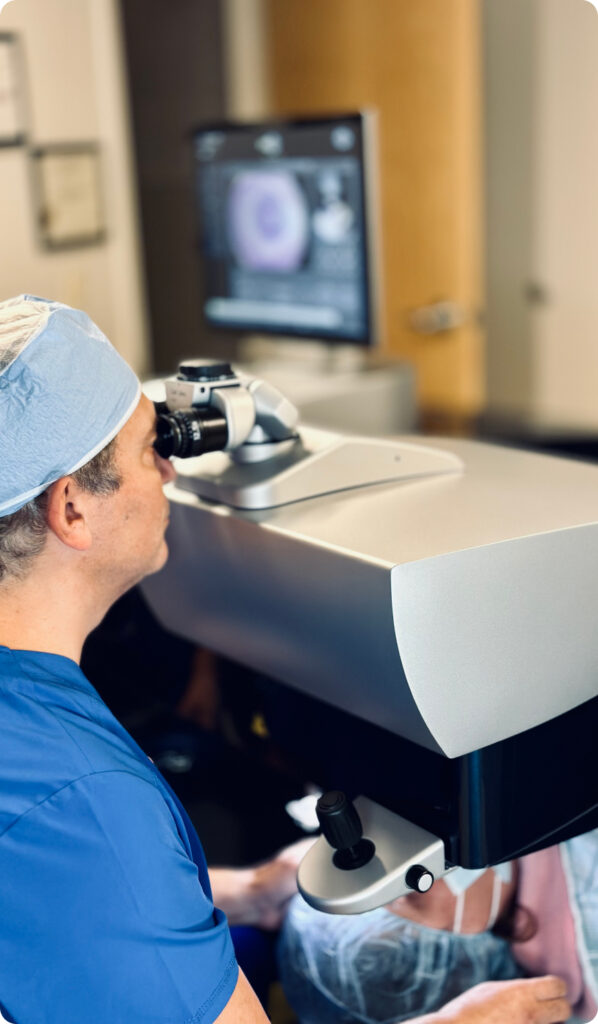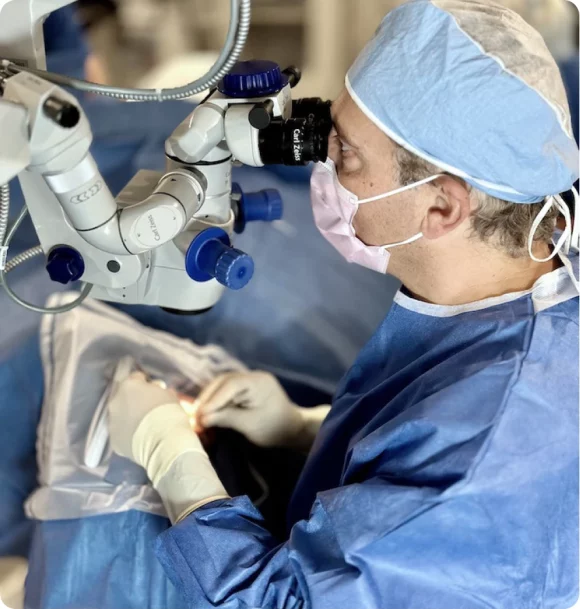
How is Refractive Lens Exchange Different from LASIK?
RLE and LASIK are both vision correction surgeries. LASIK, however, has some limitations that can be addressed better with Refractive Lens Exchange.
One limitation is that LASIK can provide only distance vision for people older than 45 and who are losing their near vision.
Refractive Lens Exchange, however, can correct both – near and far vision. And the results are permanent because the natural lens is removed, whereas with LASIK the risk of developing cataracts remains.
LASIK is a laser-based procedure that reshapes the cornea and thus improves vision. However, this is not the right solution for everyone. People with very high prescriptions are NOT candidates for LASIK but qualify for RLE.
RLE is a procedure in which a permanent lens implant is placed in the eye to replace the natural lens.
Both procedures are safe and effective and the choice of surgery ultimately depends on the patient’s individual needs and preferences.
After LASIK the vision can still change. And most patients that had LASIK will eventually need reading glasses. Also, they will certainly need cataract surgery at some point in the future. With RLE, there will never be a need for a cataract surgery and the vision is expected to remain stable for the long term.
LASIK is often preferred for patients who are younger and have mild to moderate refractive errors, while RLE is a better option for those with more severe vision problems or people over the age of 40.




